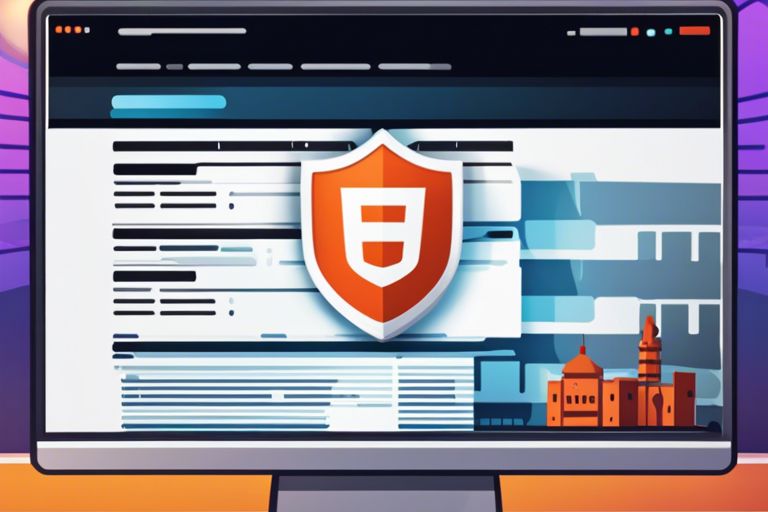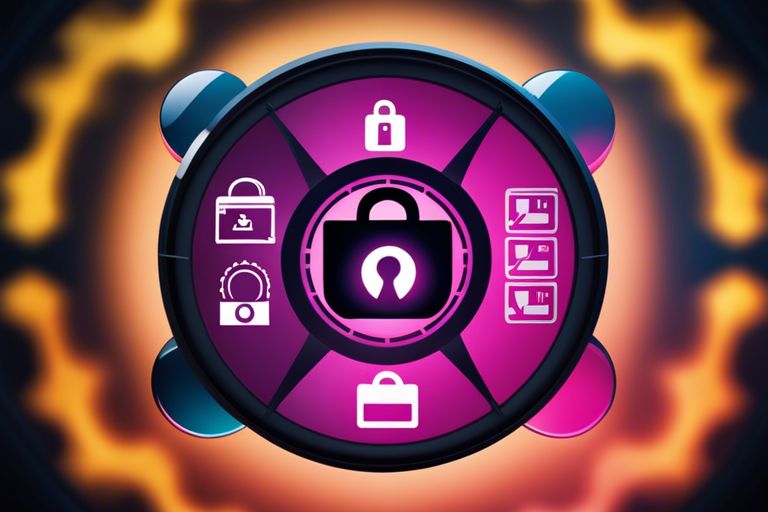
Cloud computing has revolutionized the way businesses operate, providing them with the flexibility, scalability, and cost-efficiency they need to stay competitive in today’s fast-paced digital landscape. However, with the increased reliance on cloud services comes the need for robust security measures to protect sensitive data from unauthorized access.
One of the most effective ways to enhance cloud security is through the implementation of multi-factor authentication (MFA). MFA adds an extra layer of protection by requiring users to provide multiple forms of verification before gaining access to cloud resources.
How does MFA work?
MFA combines two or more independent factors to verify a user’s identity. These factors typically fall into three categories:
- Something you know: This includes passwords, PINs, or security questions.
- Something you have: This refers to physical devices such as smartphones, smart cards, or security tokens.
- Something you are: This involves biometric data such as fingerprints, facial recognition, or voice recognition.
By requiring users to provide at least two of these factors, MFA significantly reduces the risk of unauthorized access.
The benefits of MFA in cloud security
Implementing MFA in cloud security offers several key benefits:
- Enhanced security: MFA adds an extra layer of protection, making it significantly harder for attackers to gain unauthorized access to cloud resources. Even if one factor is compromised, the additional factors provide an added level of security.
- Reduced risk of data breaches: With MFA in place, the chances of a successful data breach are significantly reduced. Even if an attacker manages to obtain a user’s password, they would still need the additional verification factors to gain access.
- Improved user experience: While security is paramount, user experience is also important. MFA provides a balance between security and convenience by offering a range of verification options. Users can choose the methods that are most convenient for them, such as using a fingerprint or a mobile app.
Best practices for implementing MFA
When implementing MFA in cloud security, it’s essential to follow best practices to ensure its effectiveness:
- Use a combination of factors: To maximize security, it’s recommended to use at least two factors from different categories. This ensures that even if one factor is compromised, the others provide an additional layer of protection.
- Regularly update and review MFA settings: It’s important to regularly review and update MFA settings to ensure they align with your organization’s security requirements. This includes reviewing the types of factors allowed and the frequency of verification.
- Provide user education: Educating users about the importance of MFA and how to use it effectively is crucial. This can include training sessions, informational materials, and ongoing communication about the benefits of MFA.
By following these best practices, organizations can maximize the effectiveness of MFA in protecting their cloud resources.
Conclusion
As businesses continue to embrace cloud computing, it’s essential to prioritize security to protect sensitive data from unauthorized access. Implementing multi-factor authentication is a highly effective way to enhance cloud security, providing an additional layer of protection against potential threats. By combining multiple verification factors, MFA significantly reduces the risk of unauthorized access and data breaches. By following best practices and providing user education, organizations can leverage the benefits of MFA while ensuring a seamless user experience.






